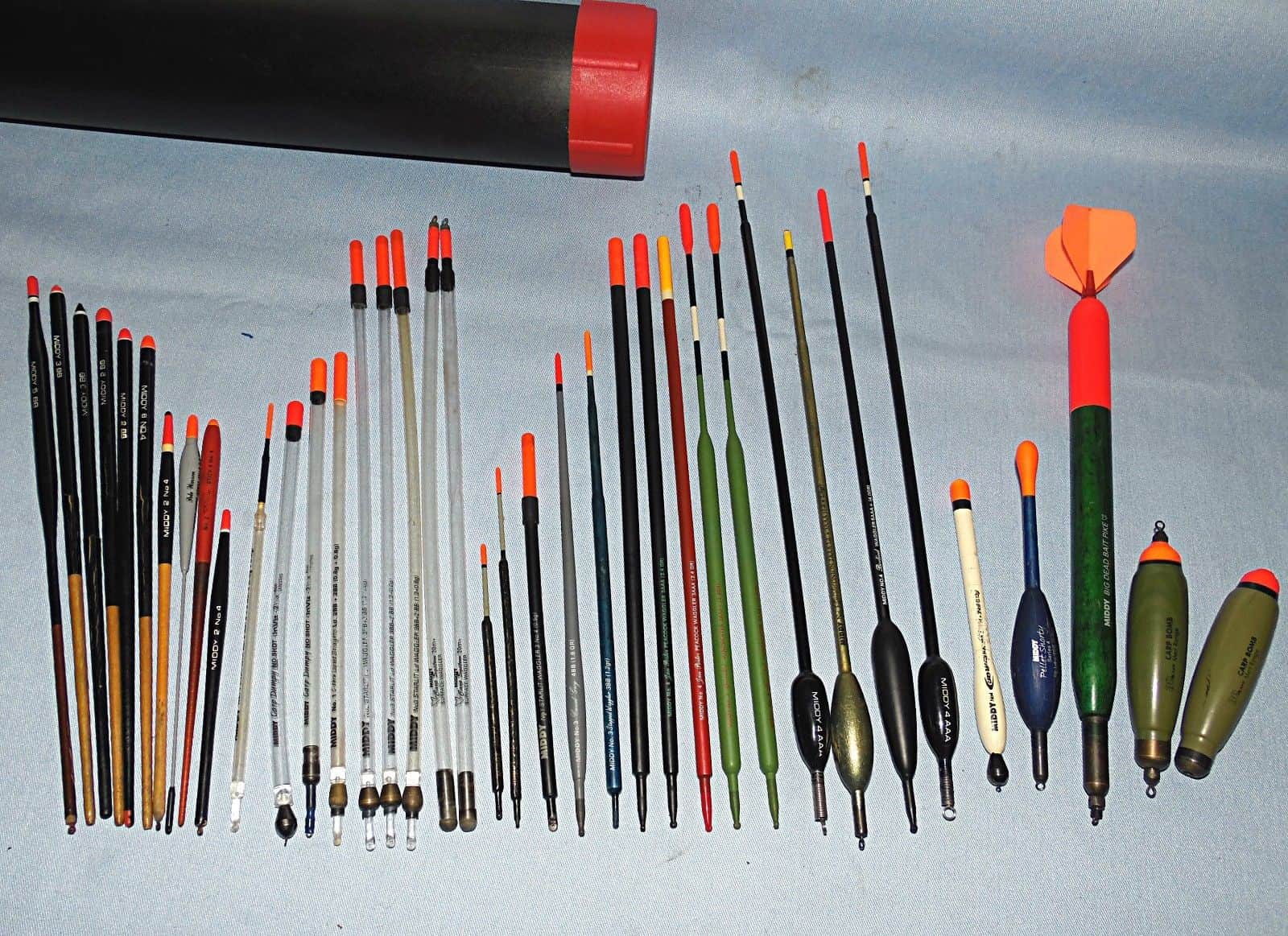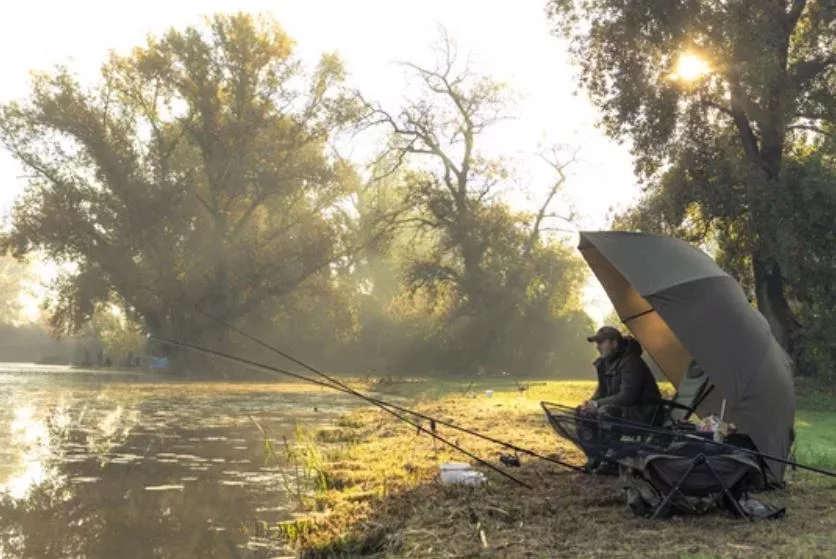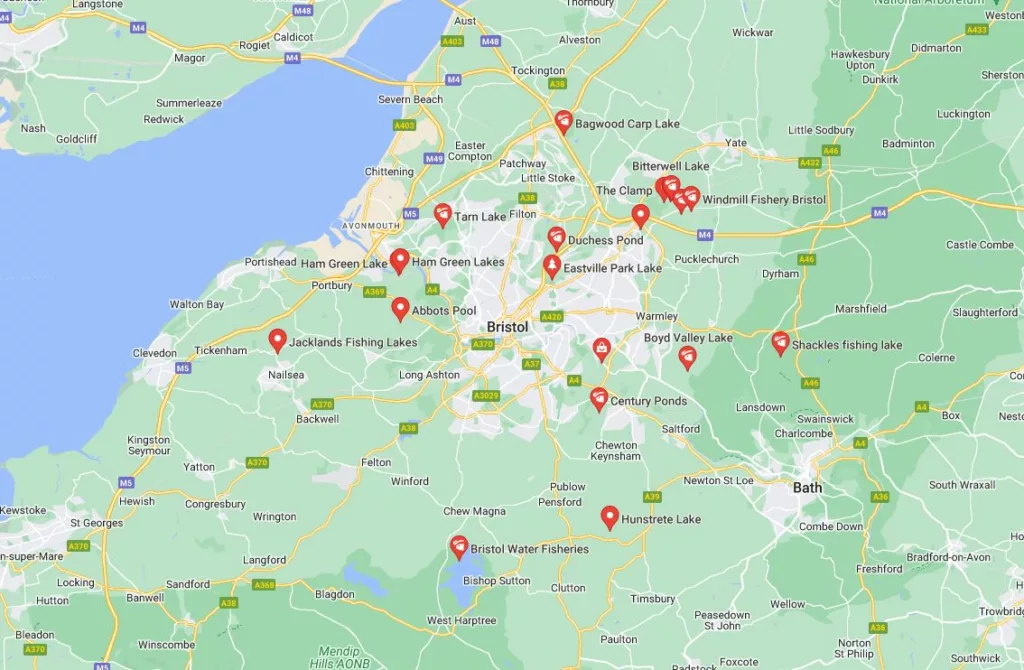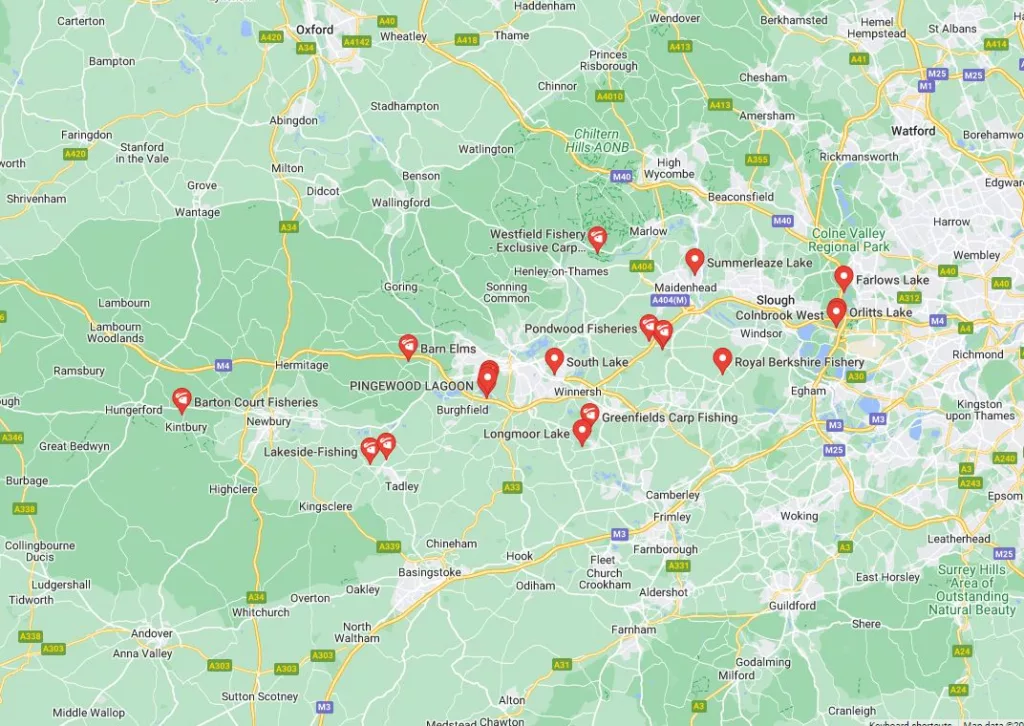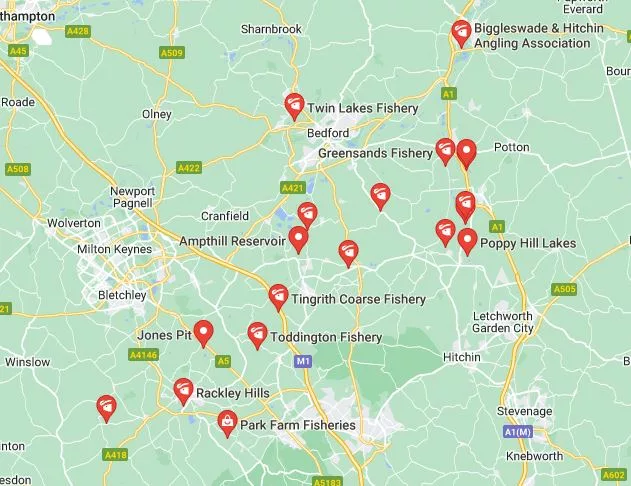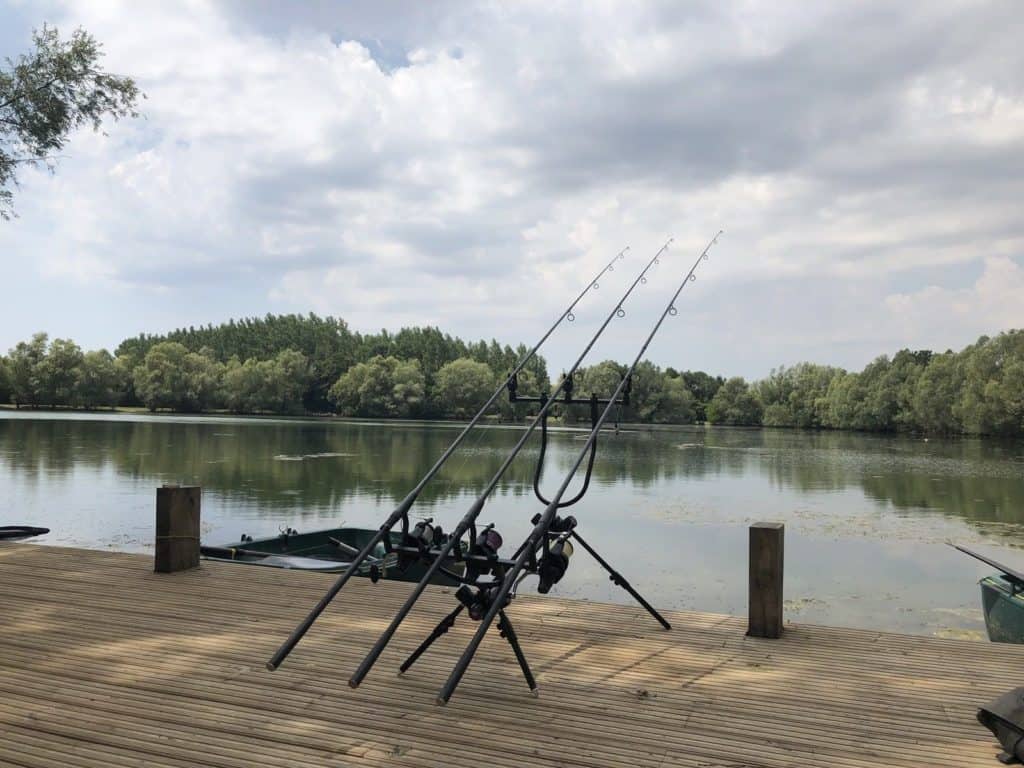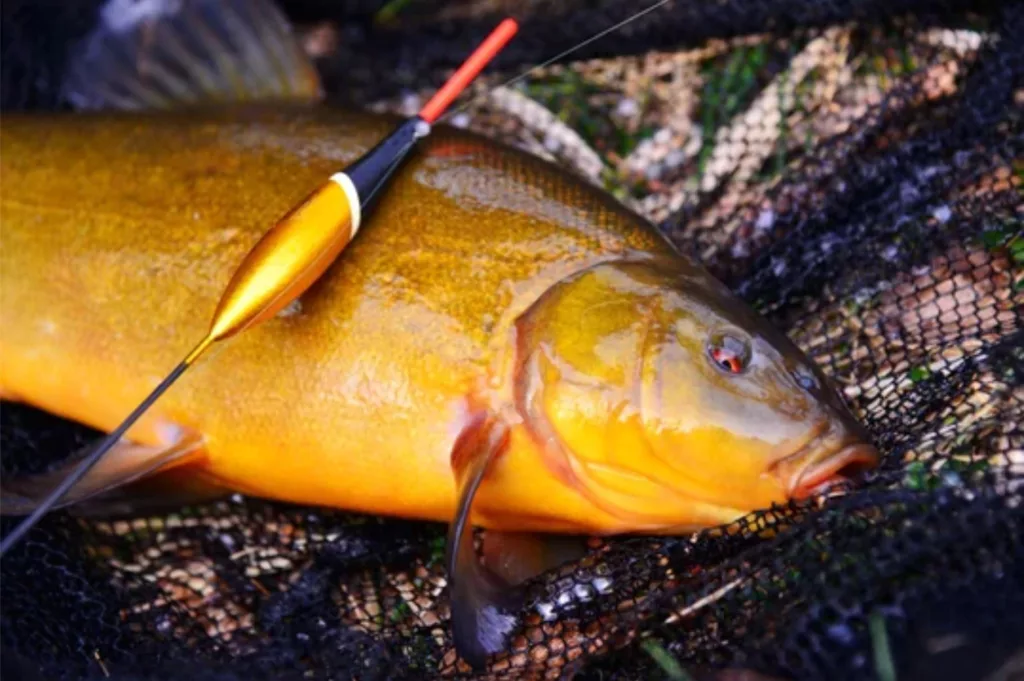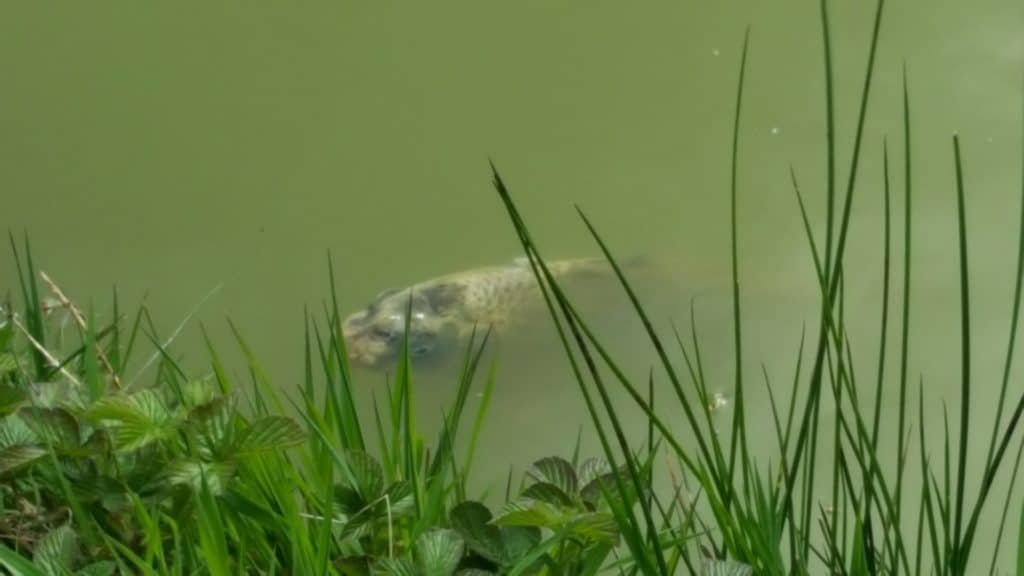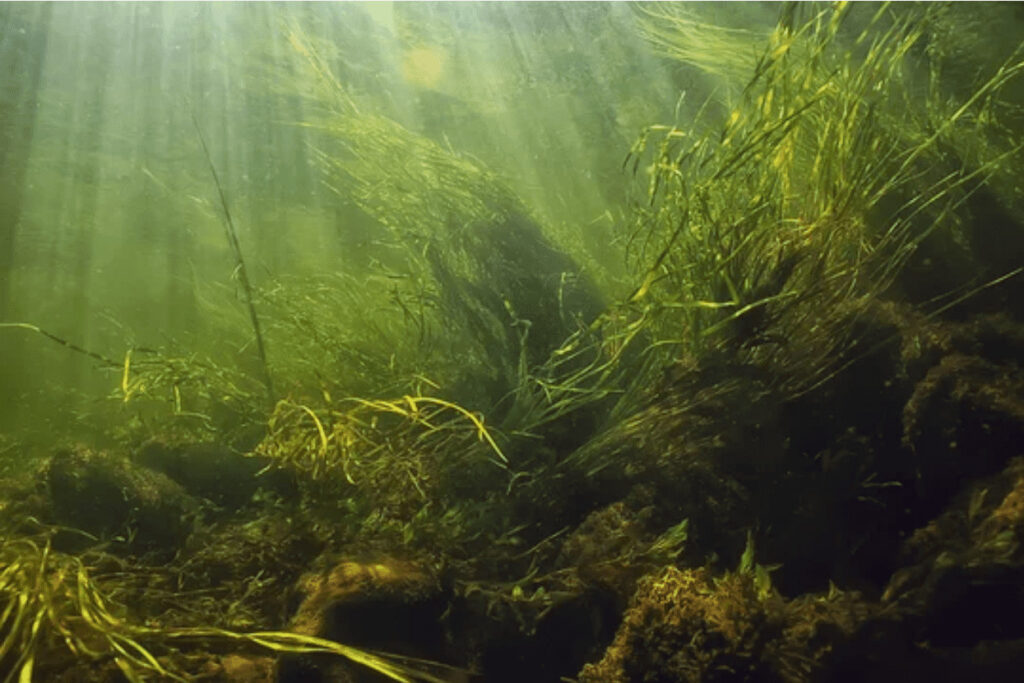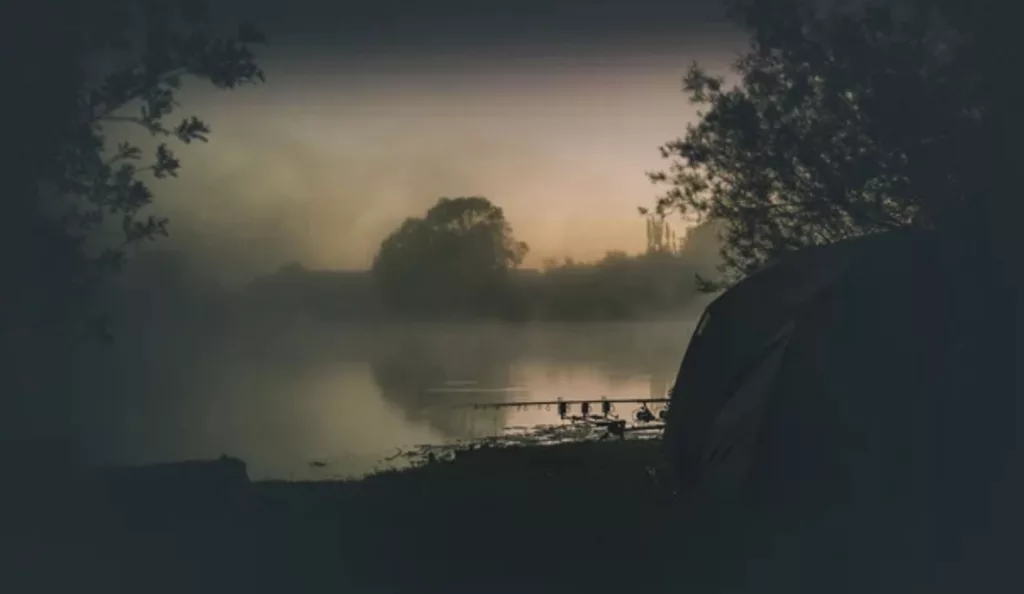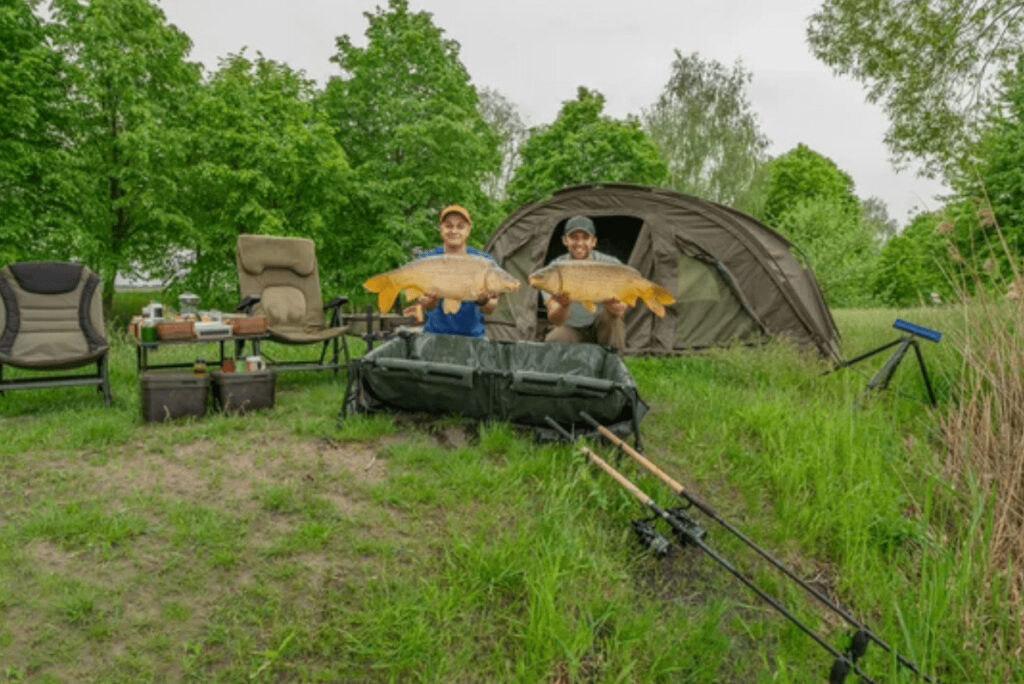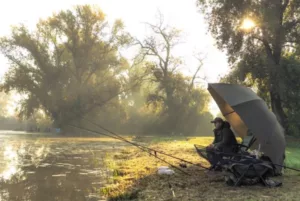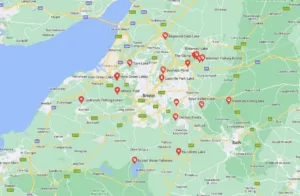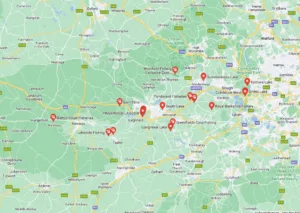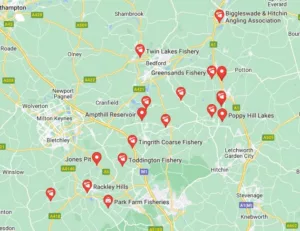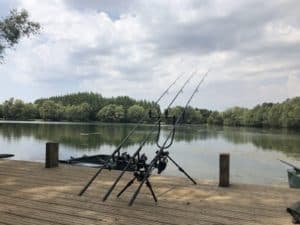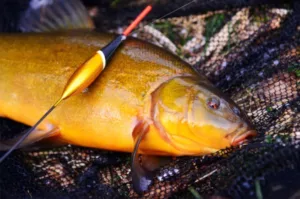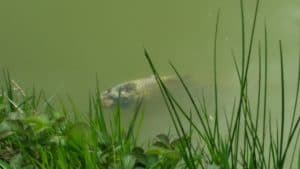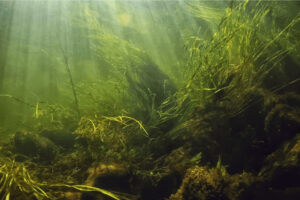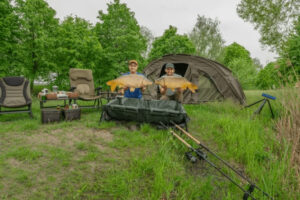Fishing with a float is a great way to catch fish, especially if you are new to fishing. A float can help you keep your bait in the strike zone longer and also help you detect bites better. In this article, we will go over everything you need to know about fishing with a float, including how to rig your bait and line, how to set the depth of your float, and how to fish with a float.
Float fishing is one of the most popular methods of fishing because it is relatively simple and requires very little equipment. All you need is a rod and reel, some line, a few hooks, sinkers, and a float. You can purchase all of these items at your local tackle shop or online.
When you are float fishing, you will want to use a rod that is about 6-8 feet long. This will give you the most control over your line and help you cast your bait farther out into the water. You will also want to choose a reel that can hold at least 100 yards of line. This way, if you get a bite, you will have enough line to reel in your fish.
The next step is to rig your bait and line. To do this, tie one end of your line to your reel and the other end to a sinker. Then, thread your bait onto the line above the sinker. The sinker should be heavy enough to keep your bait near the bottom of the water, but not so heavy that it drags your bait along the bottom.
Once your bait and line are rigged, you will need to set the depth of your float. To do this, simply tie the line to the eyelet on the back of the float. Then, adjust the amount of line that is between the float and the sinker until the float sits at the desired depth.
The last step is to actually start fishing with your float. To do this, cast your bait out into the water and allow it to sink to the desired depth. Then, slowly reel in your line, keeping an eye on your float. If you see your float start to bob up and down, that means you have a bite! Set the hook and start reeling in your fish.
Fishing with a float is a great way to catch fish, especially if you are new to fishing. A float can help you keep your bait in the strike zone longer and also help you detect bites better. In this article, we have gone over everything you need to know about fishing with a float, including how to rig your bait and line, how to set the depth of your float, and how to fish with a float. Give float fishing a try next time you are out on the water and see for yourself how effective it can be!
Float fishing is a great way to catch fish, and it’s also a lot of fun. There are a few things you need to know before you go float fishing, though. Here’s what you need to know:
1. Float fishing is best done in a lake, river or stream.
2. You’ll need a rod, reel, and line.
3. You’ll also need some floats and weights.
4. Make sure you have a fishing license.
5. Be sure to check the regulations in your area before you start fishing.
6. Get familiar with the currents in the river or stream you’re fishing in.
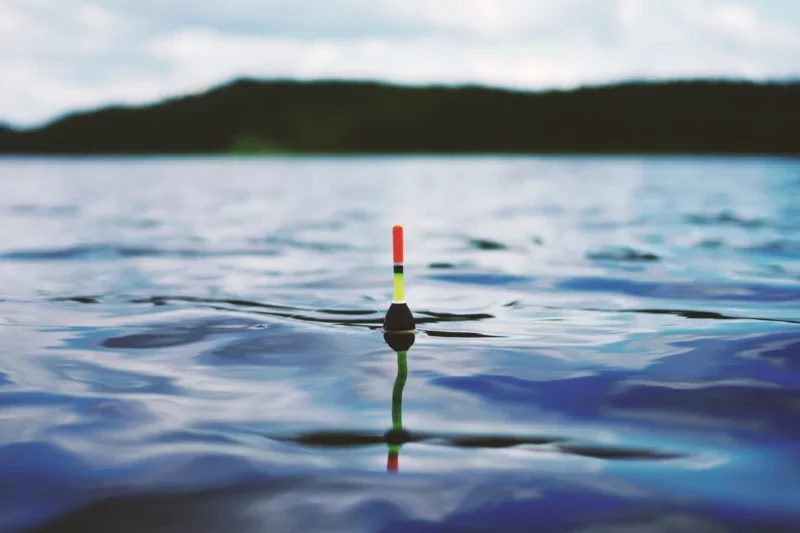
How to fish with a float:
Float fishing is a method of fishing where the fisherman uses a float to support the bait and hook. The float is usually made of plastic and has a small hole in the bottom through which the line is threaded.
The fisherman first baits the hook and then attaches the float to the line above the hook. The line is then cast out into the water and the float will drift with the current, holding the bait in place. When a fish bites, the float will sink and alert the fisherman that a fish has been caught.
1. Attach your line to the float.
2. Fill the float with water so it will sit just below the surface of the water.
3. Cast your line out into the river or stream.
4. Allow the float to drift downstream with the current.
5. As the float drifts, keep an eye on it. When you see the float start to bob or dip, that means a fish has taken your bait.
6. Set the hook and reel in your catch!
Float fishing is a great way to catch fish. Just be sure to follow the tips above and check the regulations in your area before you.
The benefits of fishing with a float
Fishing with a float has a number of benefits. It allows the fisherman to keep the bait in place without having to constantly reel it in, and it also makes it easier to see when a fish has been caught. In addition, fishing with a float can help to prevent the bait from being swept away by strong currents.
The best floats for coarse fishing
Different types of fishing require different types of floats. For example, when fly fishing, a light float is necessary so that it does not drag the fly down too deeply. In contrast, when fishing for large fish in deep water, a heavier float is required so that it can support the weight of the fish.
Some of the best floats for fishing include:
Balsa Floats: Balsa floats are very light and buoyant, making them ideal for fly fishing. They are also very sensitive, meaning that even the smallest bites will cause the float to sink.
Foam Floats: Foam floats are another good option for fly fishing as they are also light and buoyant. However, they are not as sensitive as balsa floats, so bites may be harder to spot.
Plastic Floats: Plastic floats are heavier than both balsa and foam floats, making them better suited for fishing in deeper water. They are also very durable, meaning that they will last longer than other types of float.
Polystyrene Floats: Polystyrene floats are similar to plastic floats but are even lighter, making them ideal for fishing in very deep water. However, they are not as durable as plastic floats and can be easily damaged.
How to rig a float for fishing
There are a few different ways to rig a float for fishing, but the most common method is to thread the line through the hole in the bottom of the float and then tie it off. Another popular method is to tie the line to the top of the float and then thread it through the bottom hole. Whichever method you choose, be sure to leave enough line so that the float can move up and down the line freely.
The best baits for fishing with a float
There are a number of different baits that can be used for float fishing, but some of the best include:
Worms: Worms are a good option for bait because they are cheap and easy to find. In addition, they are a favorite food of many fish, making them more likely to bite.
Minnows: Minnows are another good bait for float fishing as they are also favored by many fish. They can be caught in a net or purchased from a bait shop.
Pellets: Pellets can also be used as bait for float fishing. Many fish enjoy eating pellets, so using them as bait can increase your chances of catching a fish.
Artificial lures: Artificial lures are a good option for those who do not want to use live bait. They come in a variety of colors and sizes, so you can choose the ones that are most likely to attract the fish you are trying to catch.
Tips and tricks for fishing with a float
Here are a few tips and tricks for fishing with a float:
1. Use a light float if you are fly fishing.
2. Use a heavier float if you are fishing in deep water.
3. Tie the line to the top of the float if you want it to be more visible.
4. Use artificial lures if you do not want to use live bait.
5. Try different types of bait until you find one that the fish seems to be biting on.
6. Be patient and wait for the fish to bite.
7. Reel in slowly so that you do not scare the fish away.
8. Be prepared to set the hook as soon as you see the float sink.
9. Practice your casting so that you can place your bait in the water with precision.
10. Have fun and enjoy the experience of float fishing!
Conclusion
Overall, float fishing is a great way to catch fish. It is important to choose the right float and bait for the type of fish you are trying to catch, and to be patient while waiting for a bite. If you get a tangle in your line or your float keeps sinking, don’t despair – there are ways to fix those problems. Just remember to have fun and enjoy the experience!
FAQ
A: The best time of day to fish with a float is early in the morning or late in the evening when the sun is not as bright.
A: The type of bait you use will depend on what kind of fish you are trying to catch. For example, if you are trying to catch trout, you would use a different bait than if you were trying to catch catfish.
A: The depth at which you set your float will also depend on what kind of fish you are trying to catch. For example, trout typically swim in shallower water than catfish.
A: If your float gets caught on something, you can try to dislodge it by gently tugging on the line. If that doesn’t work, you may need to cut the line and start over.
A: If you’ve been fishing for a while without any bites, you may need to change your bait or try a different spot.
A: If you hook a fish but it gets away, there’s not much you can do except try again. Sometimes fish just get lucky and escape.
A: If you catch a fish that is too small to keep, you will need to throw it back in the water. Be careful when handling smaller fish, as they are more delicate than larger ones.
A: If you’re having trouble casting your line with a float, you may need to adjust the amount of weight on your line. You can also try using a different type of float.
A: If you get a tangle in your line, you will need to untangle it. This can be tricky, so patience is key. Try gently working the tangle out with your fingers. If that doesn’t work, you may need to cut the line and start over.
A: If your float keeps sinking, it may be because it is too heavy or the water is too shallow. You can try adjusting the amount of weight on your line or using a different type of float.
Further Reading
I have made a lot of mistakes during my fishing sessions and don’t want you to make the same mistakes. I’ve learned the hard way over 20 years of fishing most weekends, testing, tweaking, and testing again and now want to help you excel with your carp fishing.
If you need any help, you can reach me at Fishing Again’s Facebook page
Last Updated on February 11, 2024 by Shane

